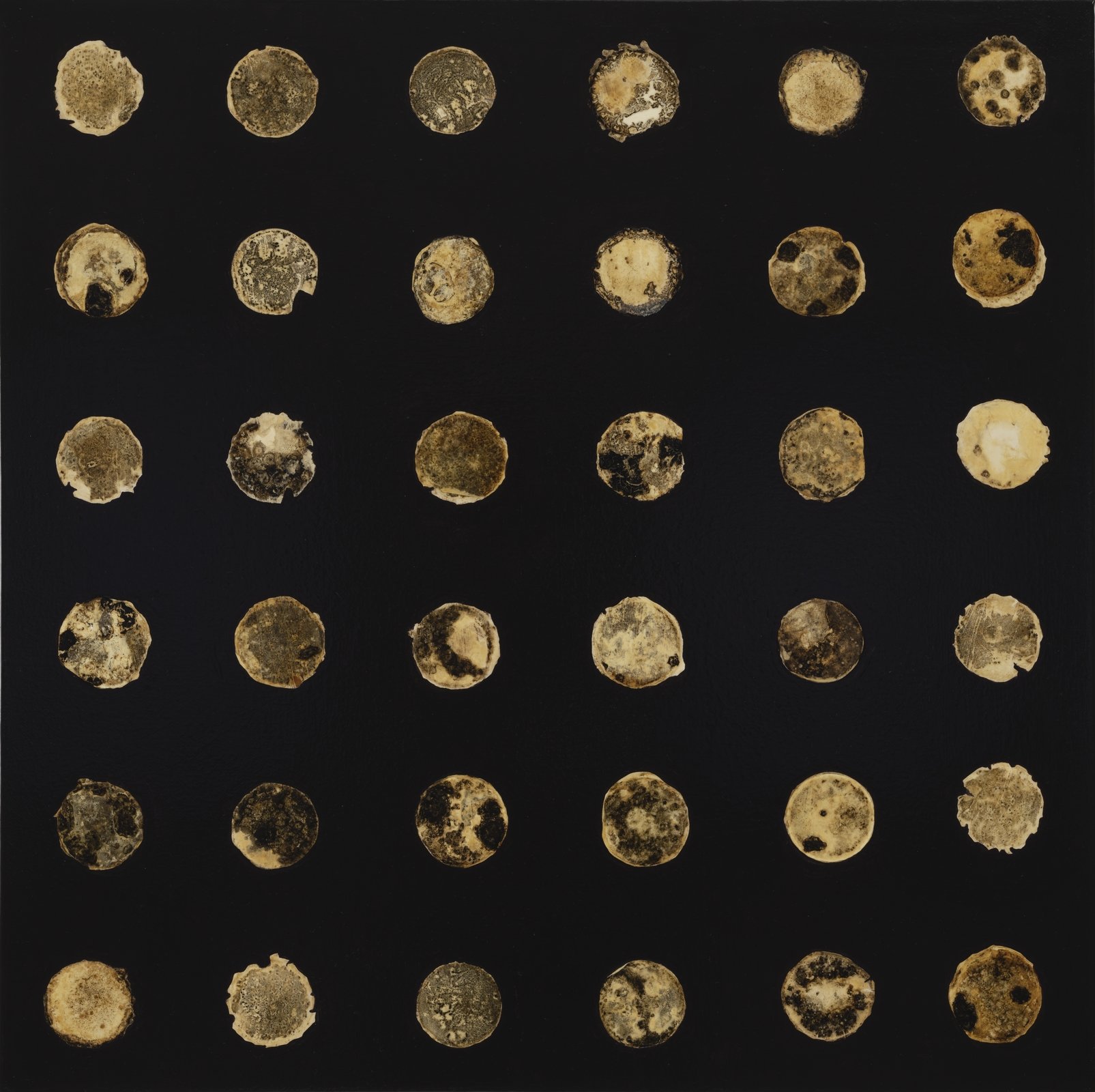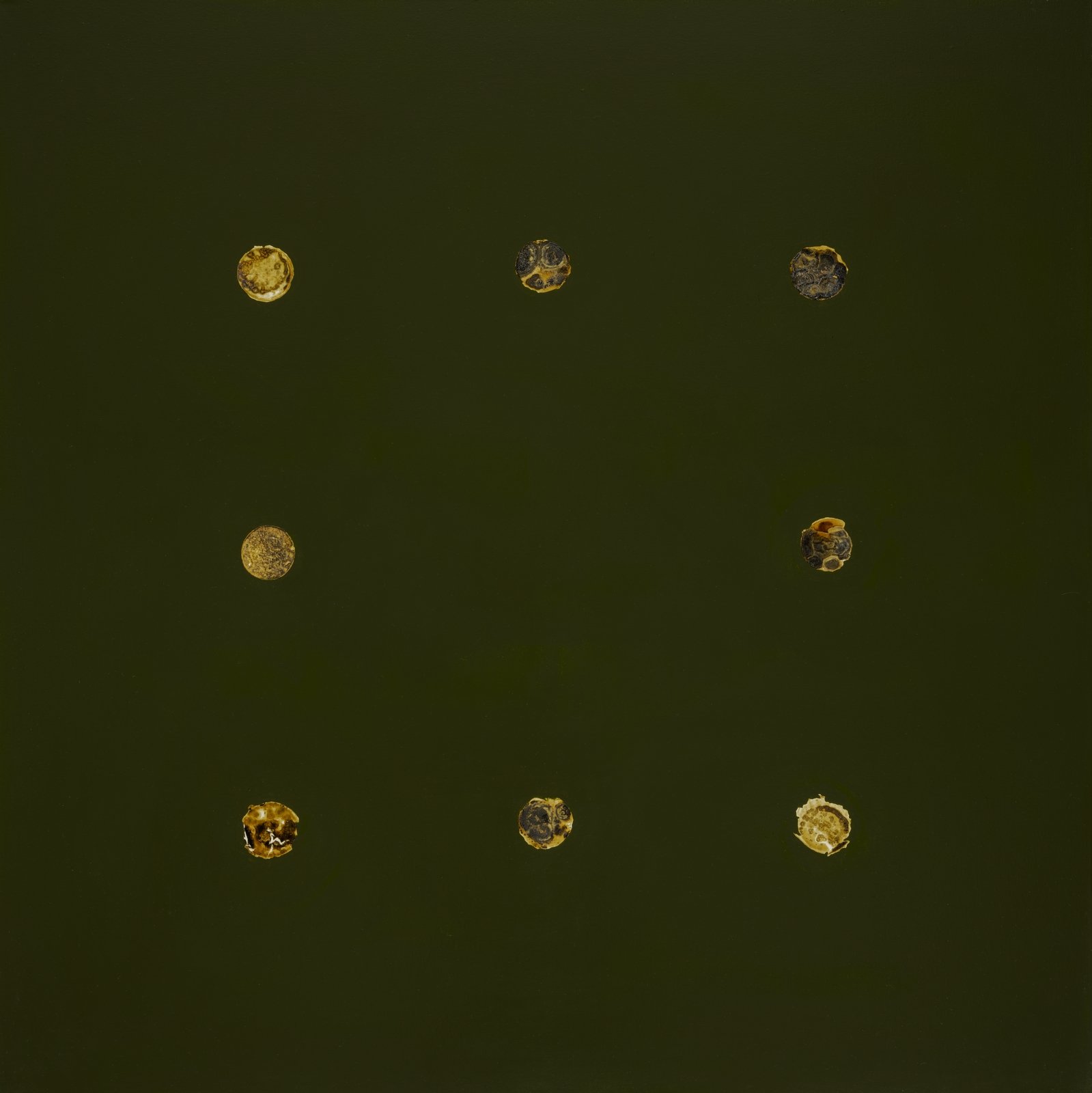AVERY WALSH
A TIME TO KILL AND A TIME TO HEAL
27 February–4 March 2023, 10.00–17.00
Private View: Tuesday 28 February, 18.30–20.30
RSVP using the Form below!
-
In 2010 I went to my first Damien Hirst exhibition—POISON and REMEDIES—at the Gagosian gallery. I was mesmerised. The collaboration between science and art fascinated me and I knew this was to become the focus of my work. During my art degree, I found ways to incorporate the disciplines together and, upon watching a documentary about Alexander Fleming discovering penicillin from mould experimentation, my mesmerisation focused on the world of mycology.
Mould is thought of as a dangerous and disgusting health hazard, causing allergic reactions and respiratory problems. Whilst this is true, I found it ironic that the first-ever antibiotic was naturally produced from the Penicillium mold. I wanted to create a greater appreciation of moulds and fungi and overturn their hazardous stereotype. The only problem was that open moulds are dangerous: I had to find a way to admire mould safely.
Further research led me to artists such as Gemma Schiebe and Antoine Bridier-Nahmias who use different species of mould as paint to create “Petri-art.” However, I felt the best part of moulds, the natural shapes and colours which really excited me, were missing. For the next 4 years, my studio became a lab for growing mould. I spent this time studying moulds, trying to find the best way to preserve them, to make them safe to become artworks.
Another point from the documentary that resonated with me came from a report released by the World Health Organisation: “the world is running out of antibiotics.” Caused by lack of funding and investment, the report highlighted the extent to which we take medicine for granted, thinking it will always be around. This collection reminds us that we are vulnerable objects and without medicine we are weak. I revisited this project during the global pandemic as I felt there was a strong link between why I created this collection in the first place and what was happening in the world.
The title, A TIME TO KILL AND A TIME TO HEAL, combines art and medicine, exploring the boundaries between life and death through the intimate (and infamous) themes of sickness and health.
– Avery Walsh, 2022
-
Born in London in 1988, Avery Walsh was exposed to the contemporary art movement in London and the success of the Young British Artists (YBAs) at a very early age. He attended University of the Arts, London (UAL) where he experimented with science, medicine and art. His exploration was influenced by Damien Hirst, Marc Quinn, Dr Von Hagen and the exhibitions at the Wellcome Collection. In his last year at UAL, he started working part-time in luxury retail where the vision of his art started to change. His initial 2019 collection of ‘a time to kill, a time to heal’ combined the bright colours of luxury brands and preserved mould. The artistic process of this collection looked at stimulating our desire and subconscious want for luxury items. In a private exhibition, he had a positive response from his clients and now he creates limited paintings each year following this concept. With the explosion of contemporary, pop and street art being digested and regenerated he wanted to create his own concept of art called “anti-pop art”. His collection “Ransom Note” became the winner of 2021 artist of the year with Nova Art and was displayed in all their galleries. Developing his anti-pop art concept, Walsh is now working in his studio creating a sculpture collection with Mickey Mouse and Jeff Koons being his antagonists. Walsh wants to explore the falseness of popular culture apparent in pop art, raising controversial and political themes through his pieces.
Growing up with dyslexia, Walsh noticed at a young age that he saw the world differently from others and as such had frustrations that others could not see things as he did. Art became the way to present his world. A significant moment in his artistic life came whilst studying at the Chelsea College of Art and Design. Being surrounded by like-minded people allowed Walsh the space to explore new territories in his art, rather than literal interpretations.
However, after a year his frustrations grew and he wanted to explore new areas, he moved to Wimbledon College of Art to study design for performance. Finally, Walsh felt he had full control of his artistic direction. Today, Walsh works out of his studio in South West London.
-
All works are available to buy. Please email thegallery@greenandstone.com to enquire about a work














